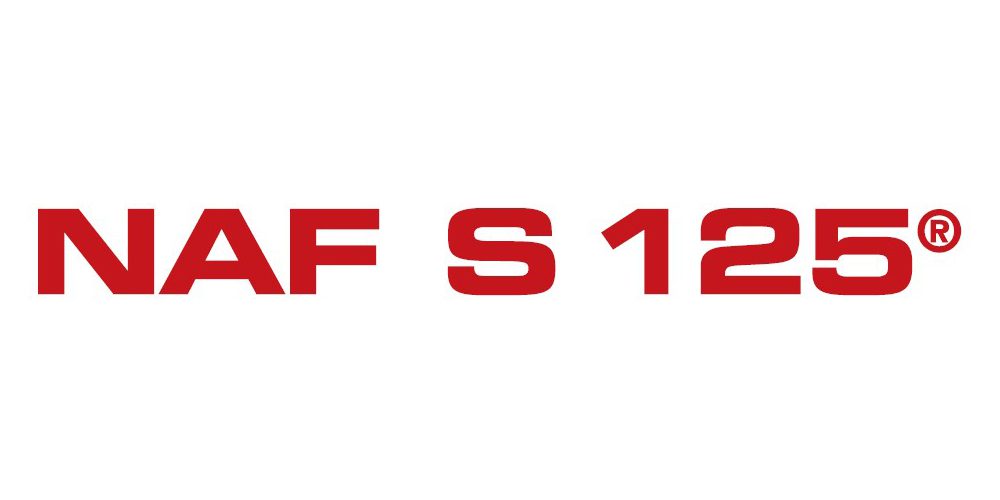

NAF S 125 / INNOVEX 125
NAF® S125 also known as INNOVEX® 125 is an electrically non-conductive media, it can therefore be used to protect electronic and delicate equipment. After discharge it does not require the clean-up of the protected enclosure, making it extremely useful in applications where damage by other extinguishing methods would be prohibitive. Its formulation includes a patented additive that reduces the levels of decomposition by-products normally generated by halocarbons during extinguishment and enhances extinguishing performance. NAF® S125 and INNOVEX® 125 are UL Listed.
